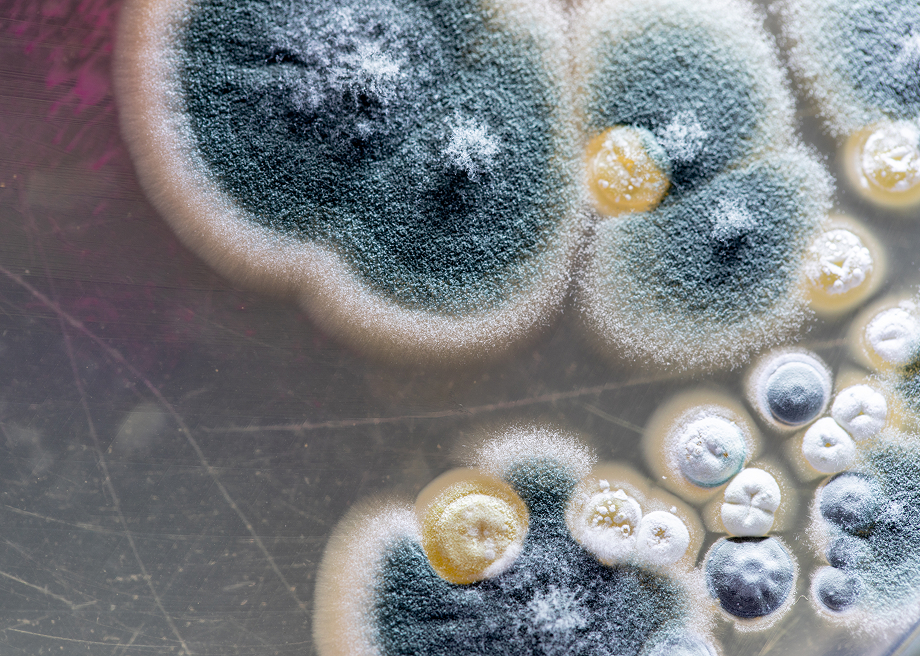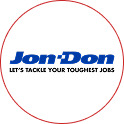Mold remediation or removal is the process of cleaning and disinfecting rooms in order to kill existing mold, stop the spread and prevent its return. Mold remediation processes can include removing water-soaked materials like drywall or flooring and then rebuilding those areas with. Some examples may include:
Mold only take two to three days to grow after a flood or other harmful water event. To avoid a mold problem, ensure that the surfaces are rinsed and dried within 48 hours to reduce the additional risk. If you have just spotted mold, or if you suspect mold may be in a hidden place, get it checked out by a certified and licensed mold remover right away.

With mold remediation, the molds and the capacity are localized and then safely removed or completely killed. If the structural deterioration was caused by moisture, the area will need to be removed and repaired.
When you choose CORE, you can rest assured that our mold removal professionals are fully certified by the Institute of Inspection, Cleaning and Restoration (IICRC) to the strictest standards in the industry.

Working with CORE Group has been a game-changer for us at Bylt. From day one, they’ve helped us sharpen our vision, streamline our processes, and spark true innovation in everything we do. Their team consistently goes above and beyond to identify new opportunities for growth, challenge our ideas in the best possible way, and drive us to set a whole new standard in our industry. Thanks to CORE Group’s partnership, Bylt is stronger, more agile, and more forward-thinking than ever before. They’re not just a member group or a TPA—they’re a true ally in raising the bar for excellence.




Jon-Don has been working with CORE Group and their network for several years now as a vendor partner. The contractors that are part of the CORE Group are top notch and are attentive to the vendors that support CORE…creating a win-win relationship for all parties involved. I recommend them to anyone looking for a reliable and dedicated partner—doing business with them has been a very positive experience.




At Openly, we value our partnership with CORE because of the unwavering trust and reliability they bring to every claim—whether it’s a total loss or a simple roof repair. Our adjusters consistently choose CORE for their concierge-level service, dependable team, nationwide consistency, and seamless customer experience. No matter the location or complexity, we can always count on CORE to deliver with professionalism and quality.


By Kat Kennedy Introduction: The Evolving Landscape of Insurance Risk The insurance industry stands...

By Dan Cassara and Phillip Morris “The best way to predict the future is to...

When a hurricane is on the horizon, preparation is critical—especially for owners of commercial buildings...